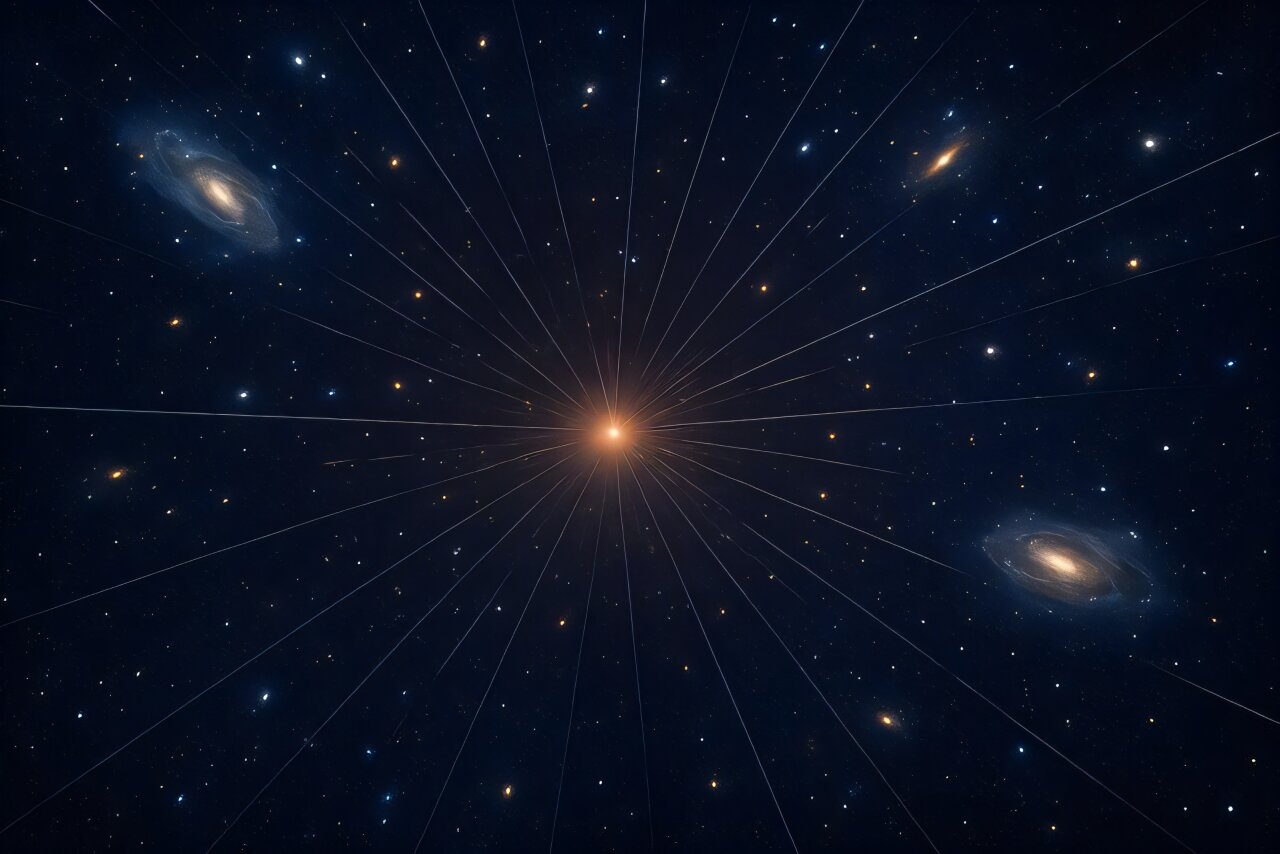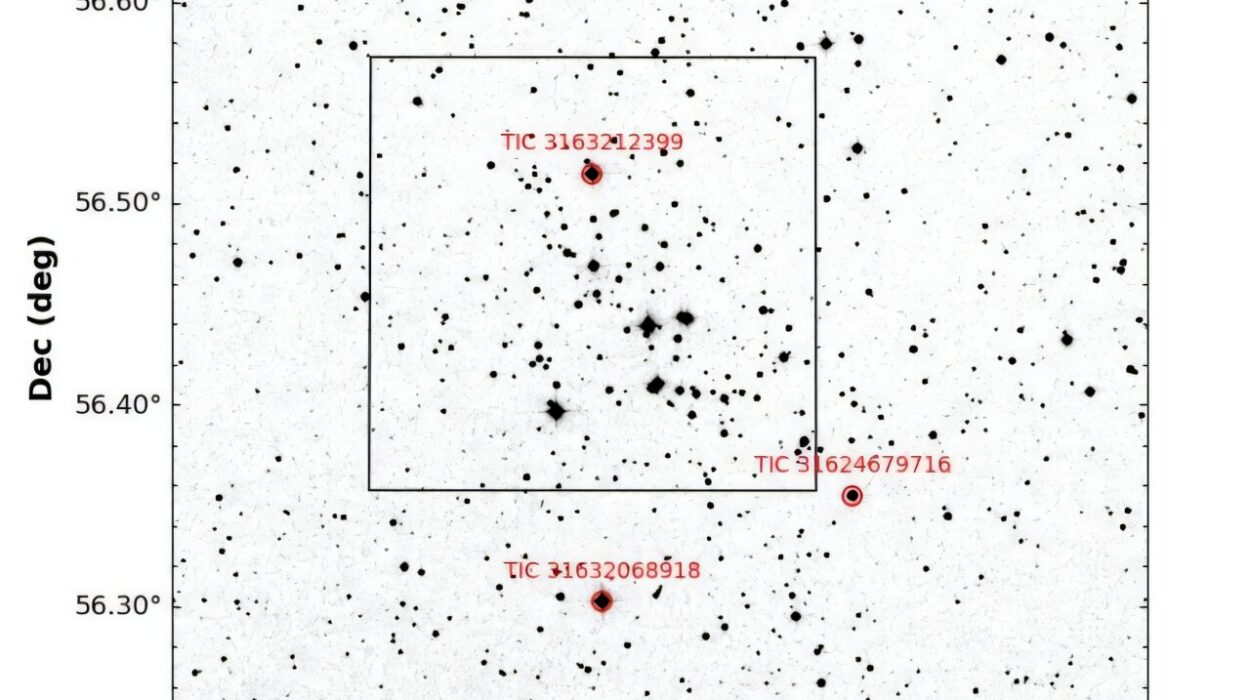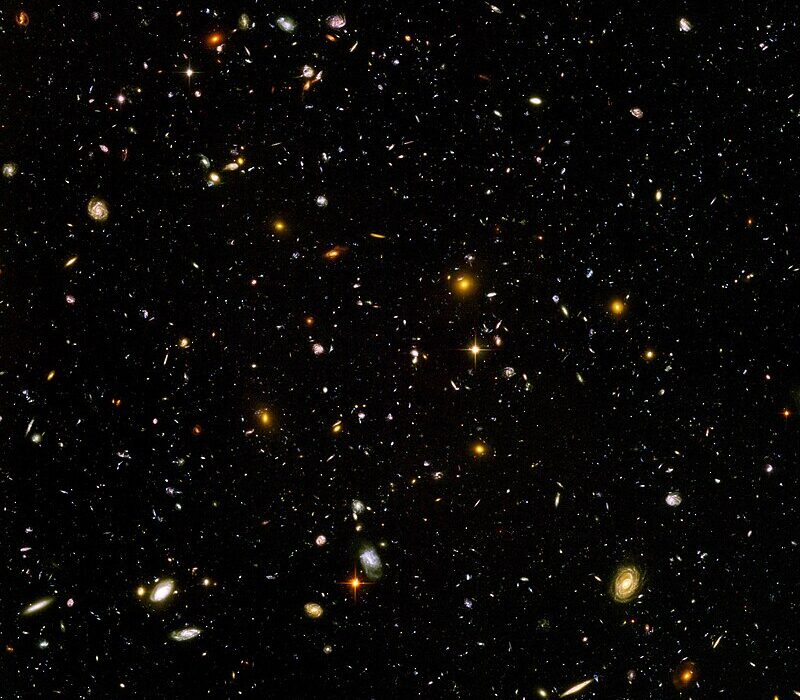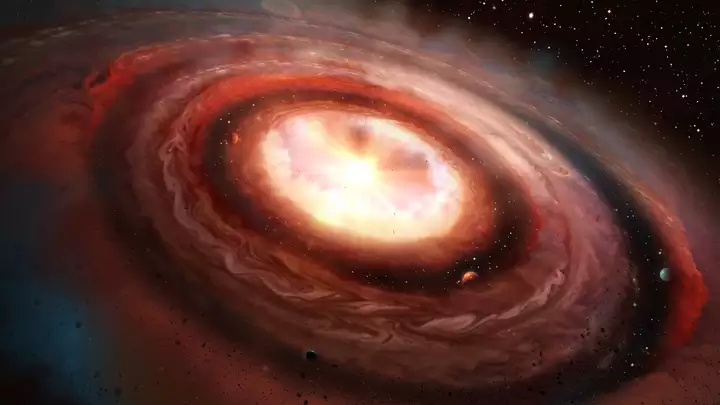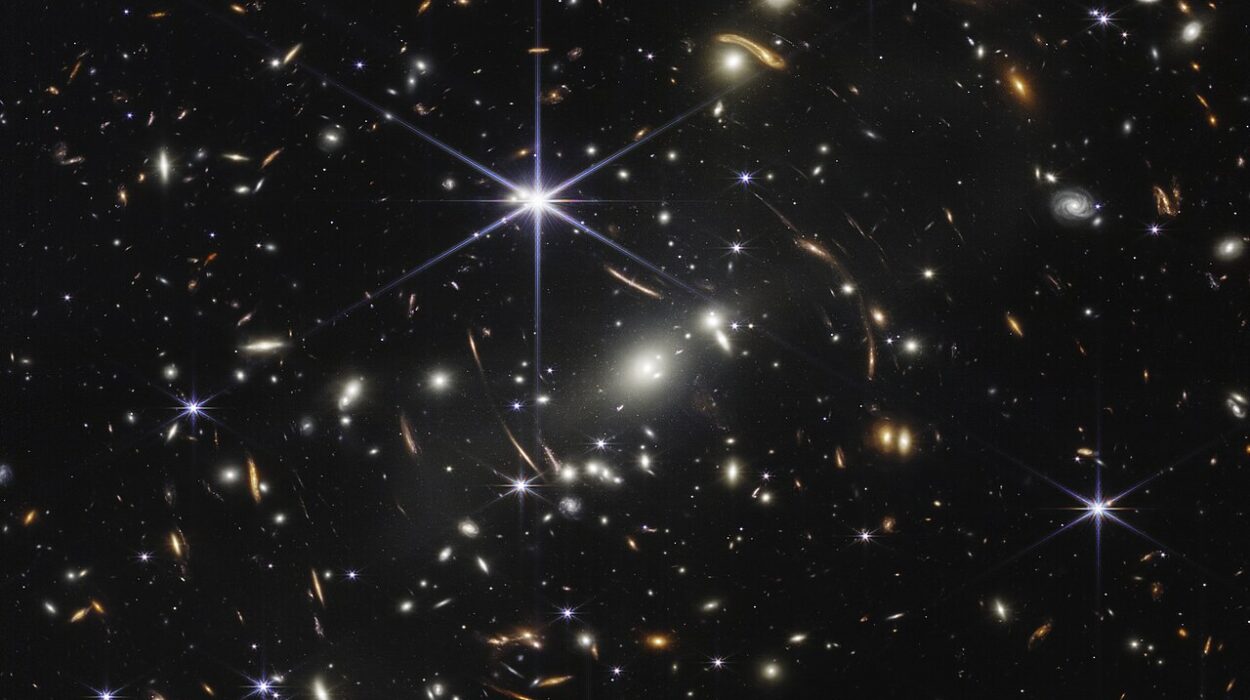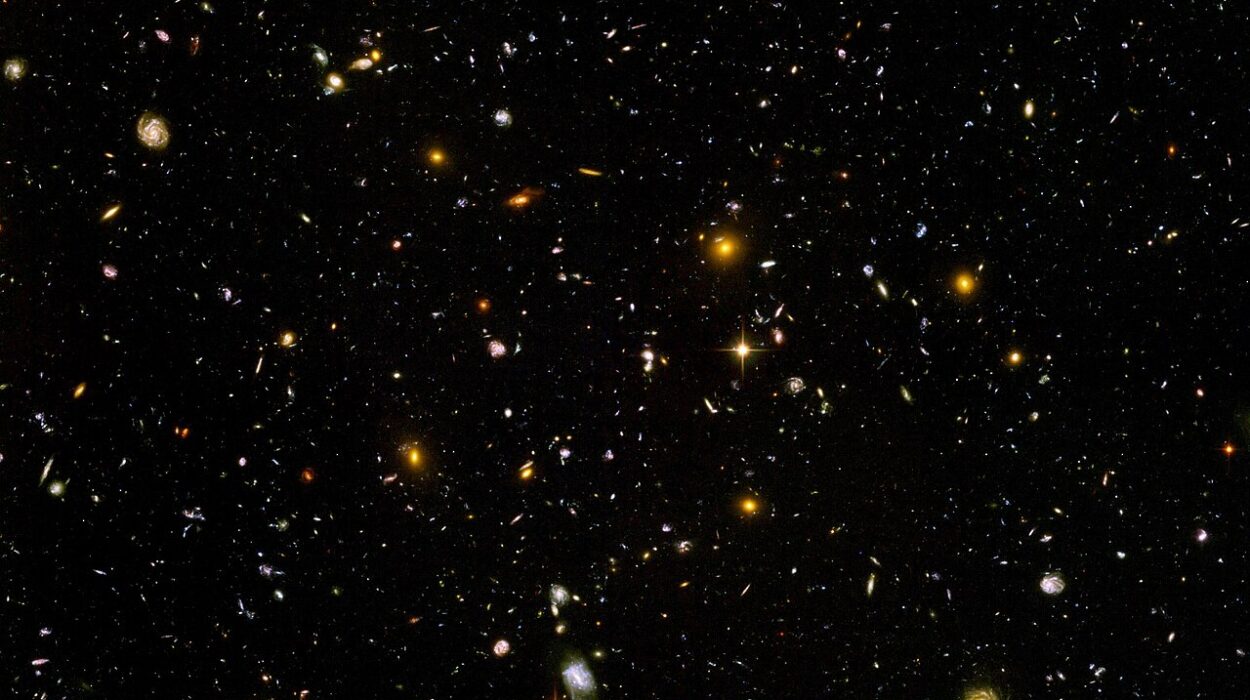For more than two decades, scientists have been captivated—and puzzled—by one of the most astonishing discoveries in cosmology: the universe is not just expanding, it’s expanding faster and faster. This accelerating growth defies the gravity-driven logic that once defined our understanding of space and time. It suggests that some invisible force, pushing galaxies apart, must be at work. Physicists named this enigmatic force “dark energy,” a term that captures both its mystery and our ignorance.
Yet despite countless experiments, dark energy has never been directly observed. It remains a theoretical placeholder for something we cannot yet explain. Now, a team of researchers from the Center for Applied Space Technology and Microgravity (ZARM) at the University of Bremen and the Transylvanian University of Brașov in Romania has offered a bold new perspective—one that could rewrite our cosmic story.
Their study, recently published in the Journal of Cosmology and Astroparticle Physics, suggests that the universe’s accelerating expansion might not require dark energy at all. Instead, it could arise naturally from a deeper understanding of the geometry of space and time itself.
Rethinking the Fabric of Reality
Since Albert Einstein’s groundbreaking work in the early 20th century, physicists have relied on general relativity to describe the structure and evolution of the universe. Einstein’s equations revolutionized science by showing that gravity is not a force acting at a distance, as Newton believed, but the result of massive objects curving the fabric of spacetime.
To explain the universe’s large-scale behavior, cosmologists developed the Friedmann equations, which describe how the universe expands over time according to the principles of general relativity. But there’s a catch: when scientists apply these equations to modern observations—like those from the Hubble Space Telescope—they find that the expansion rate can only be explained if about 70 percent of the universe consists of this mysterious “dark energy.”
This patchwork solution has always felt unsatisfying. What if the equations themselves are incomplete? What if the universe’s acceleration is not driven by something invisible, but by something intrinsic to the structure of space and time?
The Finsler Revolution
This question led the German-Romanian research team to an alternative framework known as Finsler geometry. While general relativity is based on Riemannian geometry, which assumes that spacetime can be described by distances measured along smooth curves, Finsler geometry extends this idea. It allows distances—and thus physical laws—to depend not only on where you are in spacetime but also on the direction in which you’re moving.
In other words, Finsler geometry provides a richer, more flexible description of the universe’s structure. It recognizes that spacetime might not be uniform in all directions, an idea that could have profound implications for gravity, motion, and cosmic evolution.
The researchers then applied this framework to cosmology by extending the Friedmann equations to what they call the Finsler-Friedmann equations. When they performed the calculations, something remarkable happened: the equations naturally predicted an accelerated expansion of the universe—without the need to insert any “dark energy” term at all.
A Universe That Expands Itself
If these results hold up, they could signal a paradigm shift in our understanding of cosmic acceleration. According to Dr. Christian Pfeifer, a physicist at ZARM and co-author of the study, “This is an exciting indication that we may be able to explain the accelerated expansion of the universe without dark energy, based on a generalized spacetime geometry.”
What this means is that the universe’s acceleration might be a built-in feature of spacetime itself, emerging from its intrinsic geometry rather than from an external, invisible force. Just as Einstein once revealed that gravity is geometry, these findings suggest that cosmic acceleration could be geometry, too—an echo of the universe’s shape, not a sign of some unseen substance pushing it apart.
Beyond Einstein
For over a century, Einstein’s general relativity has been one of the most successful theories in science. It has predicted black holes, gravitational waves, and the bending of light by gravity—all confirmed by observation. Yet even Einstein’s masterpiece may not tell the whole story.
General relativity assumes that spacetime behaves uniformly across all directions and scales. But quantum physics tells us that reality is not perfectly smooth or symmetric; it’s dynamic, probabilistic, and sometimes strange. Finsler geometry offers a bridge between these worlds—a way to describe gravity and motion in a more nuanced, direction-dependent way that might better reflect the universe’s true complexity.
If the Finsler approach is correct, it could help solve not only the mystery of dark energy but also other long-standing puzzles in cosmology and particle physics. It may even open a path toward uniting general relativity with quantum mechanics—the elusive “theory of everything” physicists have sought for decades.
The Implications for Cosmology
The potential consequences of this research are vast. For one, it could radically change how we interpret astronomical observations. The cosmic microwave background radiation, distant supernovae, and the large-scale structure of galaxies have all been studied under the assumption that dark energy exists. If acceleration arises instead from geometry, those models may need to be reexamined.
Moreover, the discovery could reshape the way we think about the fate of the universe. Currently, cosmologists believe that dark energy will continue driving the expansion forever, leading to a “Big Freeze” in which galaxies drift apart and stars eventually burn out. But if acceleration is a property of spacetime itself, the universe’s long-term evolution might follow a very different—and as yet unpredictable—path.
A Step Toward Understanding the Unknown
The Finsler model doesn’t dismiss dark energy outright—it simply offers another explanation that may make it unnecessary. Scientific progress often begins with such challenges to established ideas. Einstein himself upended centuries of Newtonian physics by reimagining gravity; now, a century later, physicists are once again reimagining the very structure of spacetime.
Still, this is only the beginning. The new theory must withstand rigorous testing against observations and experiments. Does it accurately predict the behavior of galaxies, the bending of light, and the timing of cosmic expansion? Can it explain gravitational waves and black hole dynamics as effectively as general relativity? The answers will take years of research, observation, and debate.
But whether or not dark energy is ultimately dethroned, this study has already achieved something extraordinary: it has reminded us that science is a living, evolving story. The universe is not a solved puzzle but a mystery that deepens with every discovery.
A New Dawn in Cosmic Understanding
The idea that the universe could accelerate on its own, through the geometry of spacetime, is as poetic as it is profound. It suggests that the cosmos is not merely reacting to unseen forces but unfolding according to the shape of its own being.
This shift in perspective challenges us to look beyond the boundaries of current knowledge—to imagine that even in the vast silence of the cosmos, the answers may lie not in what we cannot see, but in what we have not yet understood.
As scientists continue to peer deeper into space and refine the mathematics that describe it, one truth endures: the universe still holds more wonder than we can fathom. And in seeking to understand why it expands, we are also expanding our own capacity to grasp the beauty and mystery of existence itself.
More information: Christian Pfeifer et al, From kinetic gases to an exponentially expanding universe—the Finsler-Friedmann equation, Journal of Cosmology and Astroparticle Physics (2025). DOI: 10.1088/1475-7516/2025/10/050. On arXiv (2025). DOI: 10.48550/arxiv.2504.08062
